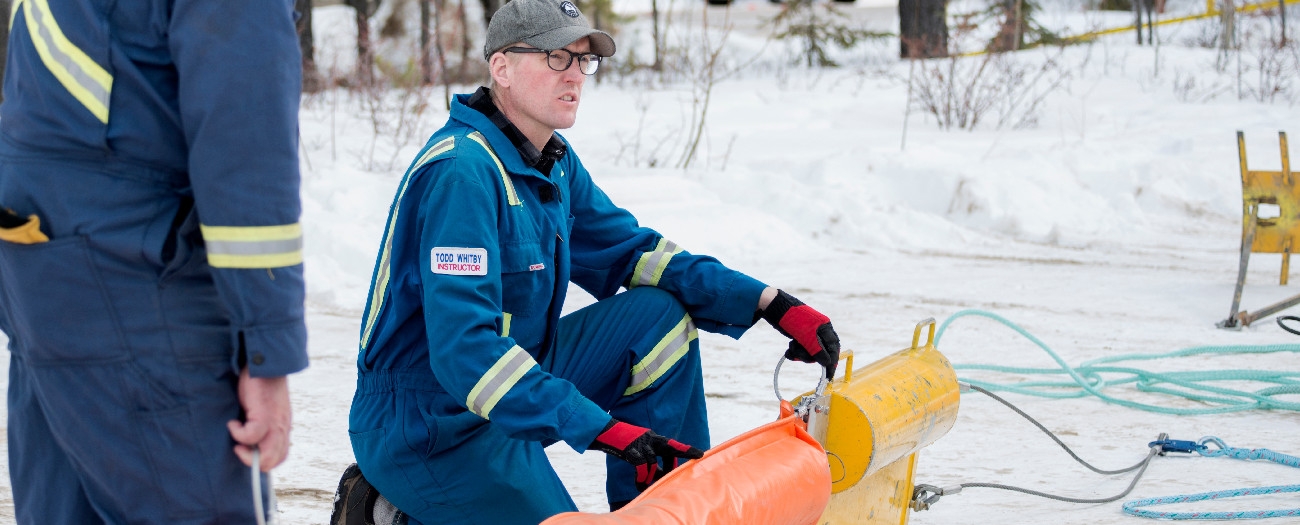Spill-response co-op pulls out all the stops when tackling an oil release
Alberta - May 21, 2019If you’ve ever driven past a car dealership, you might recognize this distinct silhouette: an air-filled tube with tentacle hair and run-amok limbs, dancing by the side of the road while air courses through its hollow body. Known as tube men or skydancers, these inflatable figures are eyesores that mark commercial dealerships. But in another context and alongside other unusual technology, they are integral to keeping wildlife safe when a pipeline release occurs.
The staff at Western Canadian Spill Services—a co-op that helps members respond to oil and gas emergencies—are pros when it comes to spill preparedness and environmental protection. They demonstrated their spill response equipment recently to emergency response staff from the Alberta Energy Regulator (AER) and to members of the Western Cree Tribal Council who specialize in conservation and land use. The group learned what technology goes into keeping the environment, as well as the living things up the food chain, safe.
Stop Right There
When substances are released into a water body, operators must respond quickly to clean up. Because hydrocarbon substances are harmful to the environment, best practice for emergency response is to go big quickly with the response: take all the equipment and human resources that could possibly be needed to the scene, and scale back only when you know more.
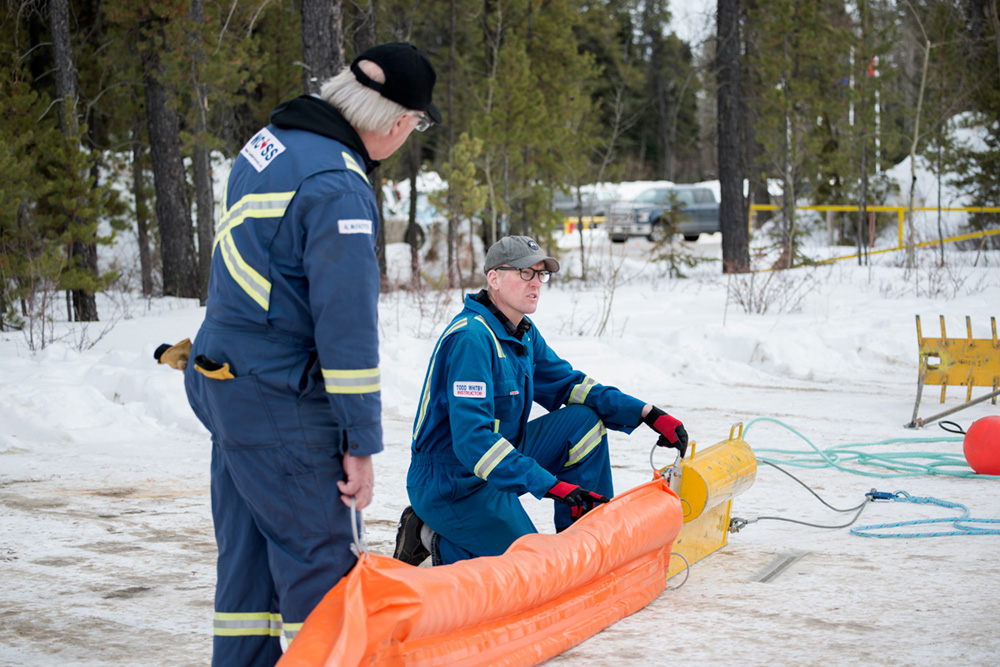
Containment booms: These floating orange fences might not look like much, but they are critical to an effective spill response. To prevent released substances from reaching the shore—putting native plant life at risk, as well as any wildlife sustained by the land—lightweight and economical booms are deployed in high-risk situations. Booms contain the release, while absorbent materials may be placed along their edges to soak up stray product and further protect the shoreline. Booms vary in size, depending on the speed and depth of the water.
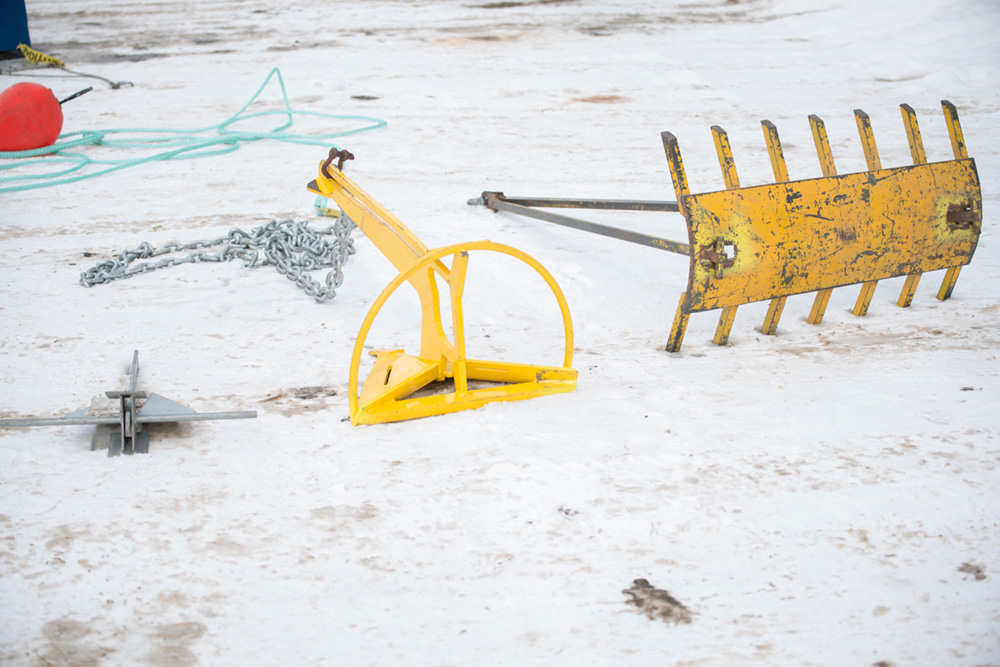
Anchors: Booms are secured with anchors on the river floor. Three types of anchor are pictured above, any of which may be deployed based on riverbed conditions.
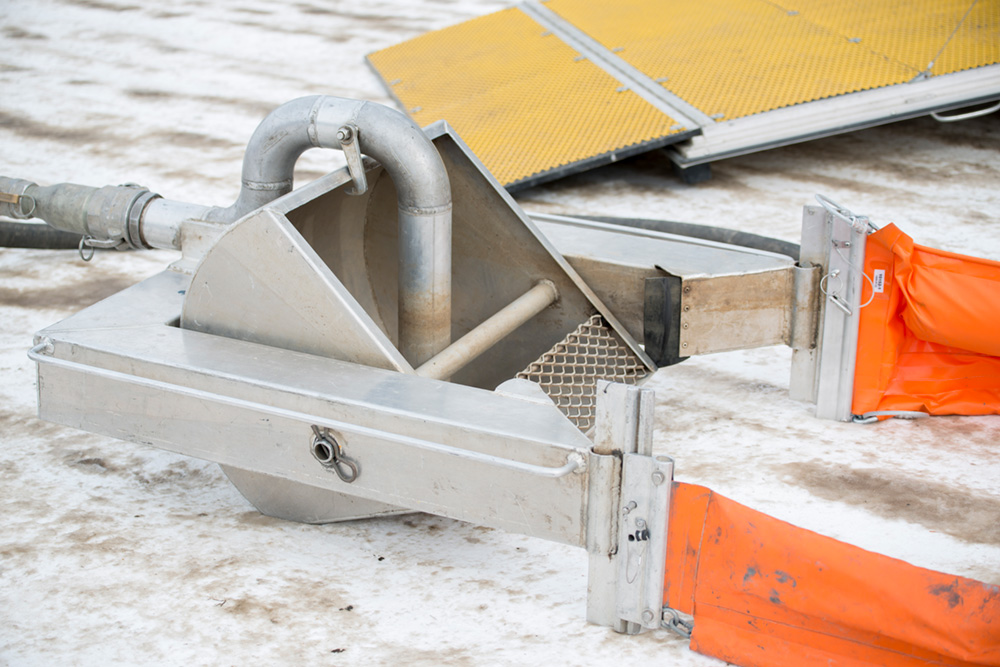
Pedco Skimmer: Pedco Skimmers are used to recover substances released into creeks or rivers. Once booms are in place, the skimmer can pump the released material out of the water body. This aluminum trap sits on top of the water to slurp the topmost layer of oil from the surface. The pump rate is set based on the release: the thicker the slick, the faster the pump rate.
Holding Them at Bay
While booms are in place to protect the area’s flora—and to prevent birds and mammals from eventually picking at grasses that are oil-fed—more must be done on a spill site to make sure that wildlife stays away from the danger. A number of deterrents are used—some visual, some auditory.
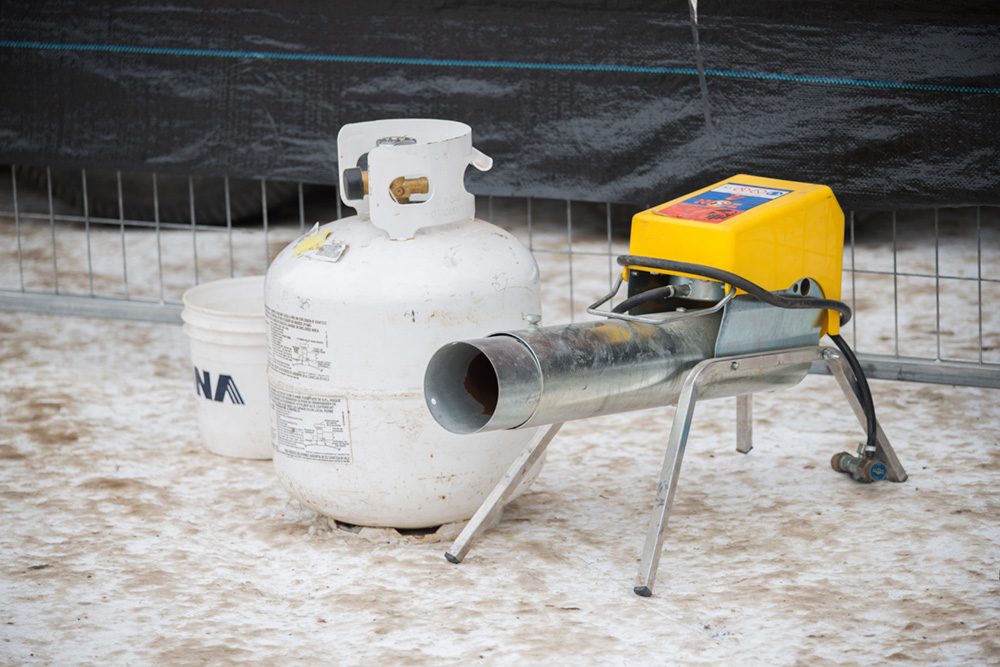
Zon gun: Though they resemble air cannons found in batting cages, Zon guns shoot nothing but sound. Zon guns are propane-fueled cannons found on spill sites and are one of the most efficient wildlife deterrents. They emit sonic blasts to scare birds away. To keep animals from getting used to the sound while the area is still potentially unsafe, Zon guns can be set to sound at irregular intervals and different frequencies.
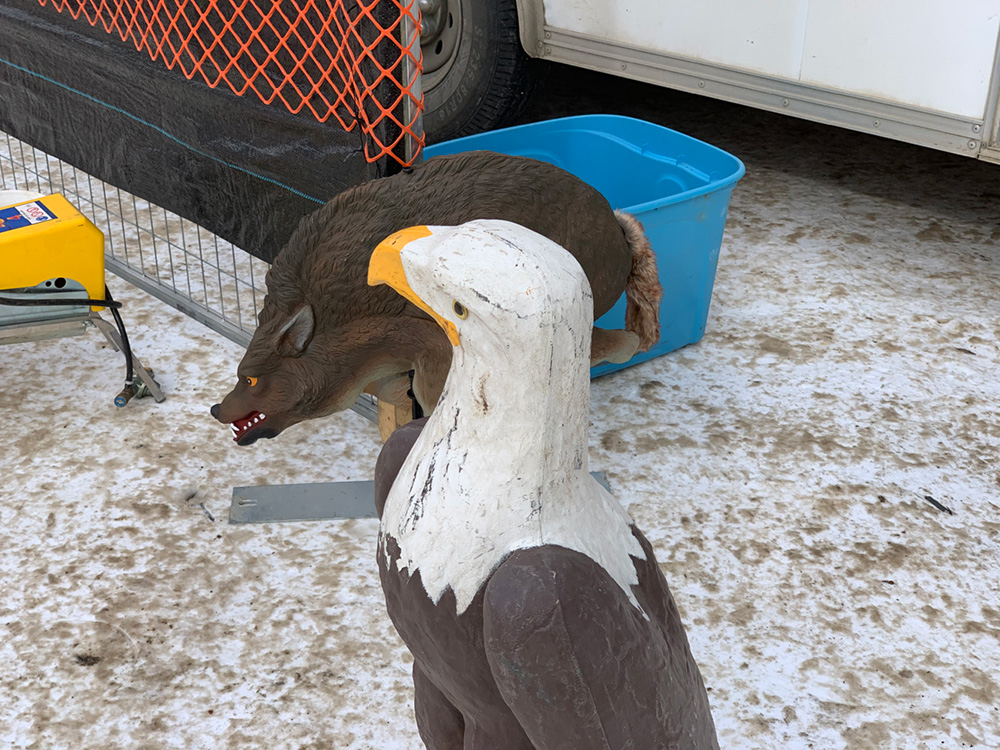
Effigies: When you’re near a spill site, you might see hunters in the bush, including coyotes and eagles. But look again. To your eye, it’s clear to see that these stalking predators are nothing more than plastic and wood—but to an animal, they appear to be active threats and send a warning: run! These effigies—along with the aforementioned tube men, eyeballed balloons known as “scare eyes,” and pennant string (another car dealership classic)—are used to keep wildlife from getting close to the danger.
Drop Us a Line
AER inspection and emergency response staff are on call throughout the province, 365 days a year. If you believe there is an oil and gas emergency such as a pipeline release in your area, call 1-800-222-6514 to bring our incident response team to the scene.
Natalie Brodych, Writer


